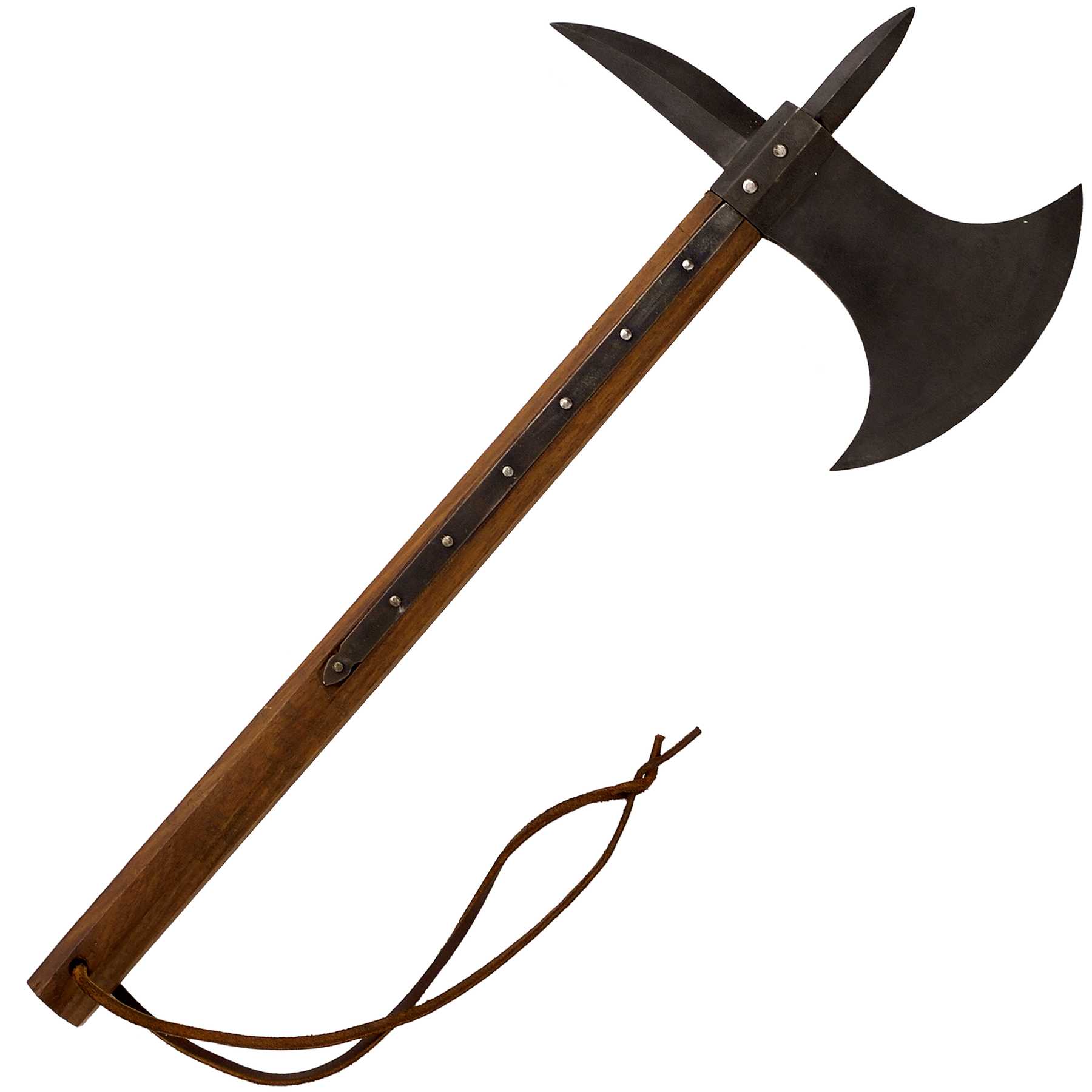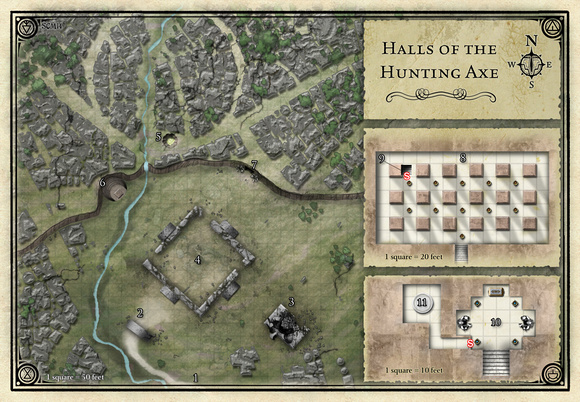
"Thou art my battle axe and weapons of war: for with thee will I break in pieces the nations, and with thee will I destroy kingdoms " Jeremiah 51:20 KJV Copy Print Similar Verses Save 20 Thou art my battle axe and weapons of war: for with thee will I break in pieces the nations, and with thee will I destroy kingdoms 21And with thee will I break in pieces the horse and his rider and with thee will I break in pieces the chariot and his rider 22With thee also will I break in pieces man and woman and with thee will I break in pieces old and young and with thee will I break in pieces the young man and the maid 23I will also break in pieces with thee the shepherd and his flock and with thee will I break in pieces the husbandman and his yoke of oxen and with thee will I break in pieces captains and rulers. 19The portion of Jacob is not like them for he is the former of all things: and Israel is the rod of his inheritance: the LORD of hosts is his name. 18They are vanity, the work of errors: in the time of their visitation they shall perish. Emerging out of the Middle Ages, they were the weapons that ended the medieval way of fighting.17Every man is brutish by his knowledge every founder is confounded by the graven image: for his molten image is falsehood, and there is no breath in them. Easier to use than bows, they let rulers field large armies with limited training, increasing the scale of war. Used in small numbers in the 14th and 15th centuries, they were becoming prevalent as the Middle Ages ended. The parallel development of handguns was equally important.

Over the next two centuries, they evolved into the devastating weapons that would make castles obsolete. One of their first uses was at the Battle of Crécy (1346), when the English fielded five cannons to limited effect. In July 1304, the garrison of Stirling Castle surrendered to Edward I rather than face Warwolf, Edward's massive counterweight trebuchet.įrom the 14th century, gunpowder starting changing war, as Europeans adapted this Chinese creation for a new use-guns. The arrival of the counterweight trebuchet in the 13th century increased their power, making even great castles vulnerable. Traction trebuchets were in use from the start of the Middle Ages. Daggersġ5th-century riflemen of the Spanish Military.

But the force of their impact could still incapacitate and shatter morale, as described in military historian John Keegan’s account of the Battle of Agincourt (1415) in The Face of Battle. Three types of bows increased the power of medieval archers, giving them more range and capacity to kill-recurve bows, crossbows and longbows.Įven with their extra power, arrows rarely penetrated metal armor, as shown by tests at Britain’s Royal Armories. Spearmen protected archers, another important feature of the battlefield.
#Kings battle axe cracked
A mace was a pole fitted with a heavy head made of stone, iron, bronze or steel.Īccording to DeVries, skeletons from late 15th-century Switzerland show the damage from these weapons, with skulls cracked open by the force of the blow-a deadly as well as an incapacitating attack. Equipped with axes, blades, as well as points, staff weapons could be swung with incredible force. While the spear was most common, other polearms were deadlier.


 0 kommentar(er)
0 kommentar(er)
